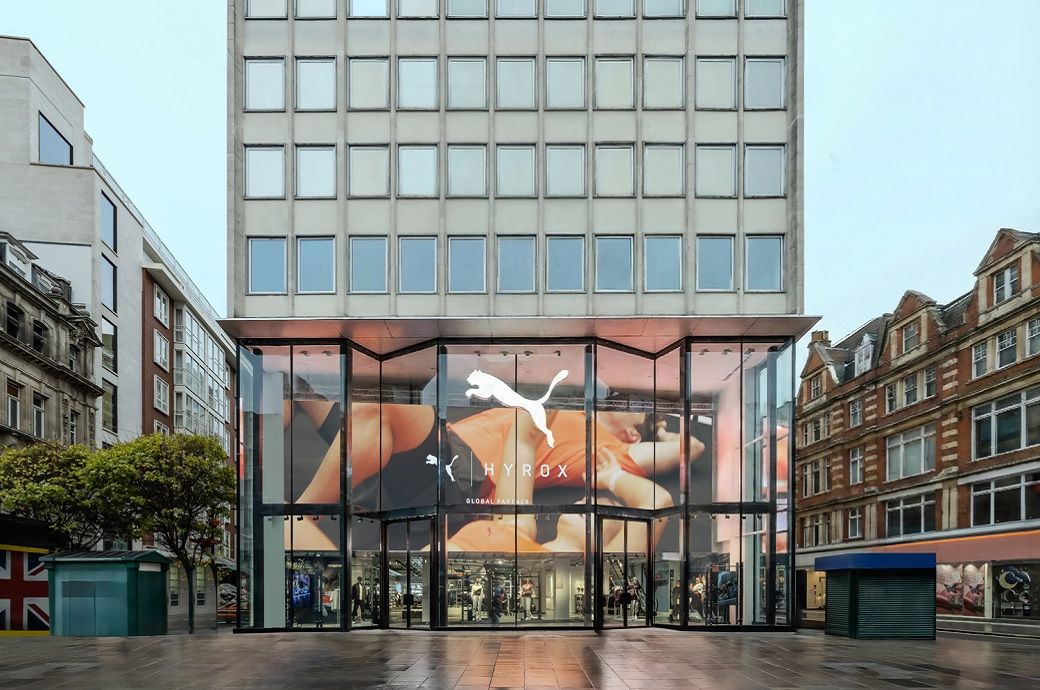Opinions expressed by Entrepreneur contributors are their own.
You’re reading Entrepreneur United States, an international franchise of Entrepreneur Media.
I recently read the book Noise: A Flaw in Human Judgment and haven’t been able to get it out of my head.
The premise is simple. According to co-author Daniel Kahneman, “Wherever there is a judgment, there is noise — and more of it than you think.” Noise refers to any information or activity that prevents someone from making an accurate judgment.
Here’s the problem: Noise is everywhere, hard to recognize and often ignored. It leads to market inefficiencies and costly decisions. However, with the right tools, it’s possible to overcome.
Observing noise in the workplace
Noise is inescapable. You can find it in medicine, weather forecasts, forensic science, prison sentencing and sports, just to name a few. A great example is underwriting. Underwriters who quote premiums are supposed to use uniform rules to make consistent judgments. (Spoiler alert: They don’t).
Even when presented with identical information, underwriters rarely come to the same conclusion. In the book, the authors performed a noise audit on an insurance company. They found the median difference in underwriting was 55%. That means when one underwriter would set a premium at $9,500, another underwriter would set it at $16,700. For the record, most executives at the company predicted a variation of 10% or less.
This scenario is a nightmare for the insurance company. When a premium is too high, the company risks losing business to competing insurers. Set the premium too low, though, and the company won’t produce an optimal income.
In a perfect world, underwriters would set the Goldilocks price every time. The price won’t be too high or too low. It would be just right. Noise at the company makes it impossible for underwriters to set accurate prices.
Related: How to Make Your Business Stand Out From the Noise
The difference between noise and bias
While social and cognitive biases play a role in decision-making, they are not the same as noise. The best way to think of the differences is with a bathroom scale. The scale would be “biased” if it always shows your weight as too high or too low. It would be “noisy” if the outcome varied depending on where you put your feet. A scale that overestimates your weight by two pounds every time is biased but not noisy. However, if you get different readings each time, that’s a sure-fire sign of noise.
You can imagine the difference between noise and bias in terms of targets:
- Accurate decision-making — the Xs are on the bullseye.
- Noisy decision-making — the Xs are centered but far away from the bullseye.
- Biased decision-making — the Xs are far away from the bullseye but tightly clustered.
- Noisy and biased decision-making — the Xs are scattered and far away from the bullseye.
Noise and bias prevent the Xs from hitting the bullseye, but in different ways. Bias is predictable. The Xs are consistently off to one side. Noise doesn’t behave with the same reliability. Even though the Xs are around the center, they’re scattered in all directions.
Related: How to Make Better Decisions
Overcoming noise in decision-making
Decision-makers should try to reduce noise even if they can’t tackle bias. It’s better to have tightly clustered shots to one side than scattered ones. Reducing noise will help move your Xs closer to the center.
The first step is a noise audit. This systematic evaluation uncovers any existing biases, blind spots or deficiencies. It can also provide a blueprint for what processes work and which ones need improvement.
The authors of Noise also had several other recommendations:
- Use decision hygiene, a set of procedures designed to reduce noise.
- Utilize independent assessments when evaluating processes.
- Get second opinions whenever possible.
- Pay more attention to averages or base rates in decision-making.
- Hire open-minded individuals who are careful thinkers and strive for self-improvement.
- Create structured systems (SOP, interviews, guidelines) rather than unstructured ones.
The option that’s my personal favorite is the algorithm. Since 1955, we’ve known that simple statistical models tend to outperform individual judgments. They offer a noise-free way to make decisions. You can give a statistical model the same piece of information twice and know that you’re going to get the same answer each time.
While algorithms don’t make sense for every scenario, especially idiosyncratic or hard-to-code ones, they do make a significant difference in noise reduction. At Vinovest, we use it to guide our wine-investment strategies. After an investor fills out a brief questionnaire, we can use his or her answers to select the best wines for his or her portfolio.
If someone selects a conservative investment portfolio, the algorithm knows to allocate a certain percentage of funds to specific wine regions. It doesn’t feel an undue tug to invest in Chilean wine because James Suckling recently gave 2019 Seña a 99-point rating. Nor does it overthink the abysmal harvest in France this year.
Algorithms block out noise that can otherwise sway our judgments. The rational, measured and calculated approach helps bridge the gap between investors and their goals. More importantly, it makes the decision-making process a little less noisy and allows us to create higher-quality portfolios.
Noise is ubiquitous. The best thing to do is acknowledge it and find ways to address it. If not, noise can magnify underlying issues, leading to costly errors and inefficient processes. That might mean two underwriters gave two wildly different quotes for the same case or two forensic scientists had the opposite conclusions after analyzing a set of fingerprints.
Noise audits are your best friend when reducing noise. They allow companies to tackle noise head-on by diagnosing the problem and formulating solutions. At Vinovest, we rely on a proprietary algorithm to guide our wine-investment decisions, but many other solutions exist. As long as they reduce noise, your company will be in a better place.


:max_bytes(150000):strip_icc()/Health-GettyImages-2167292938-fcfceb4826db4b7a801d51e0dbd0cb05.jpg)

